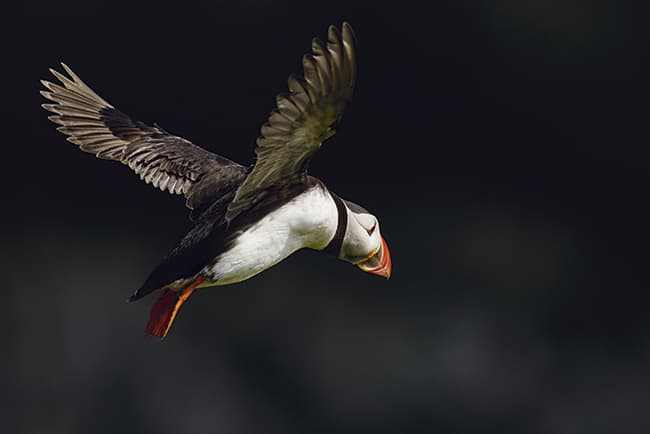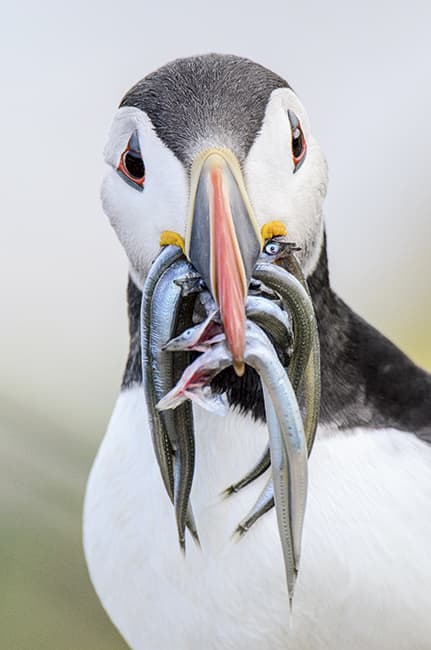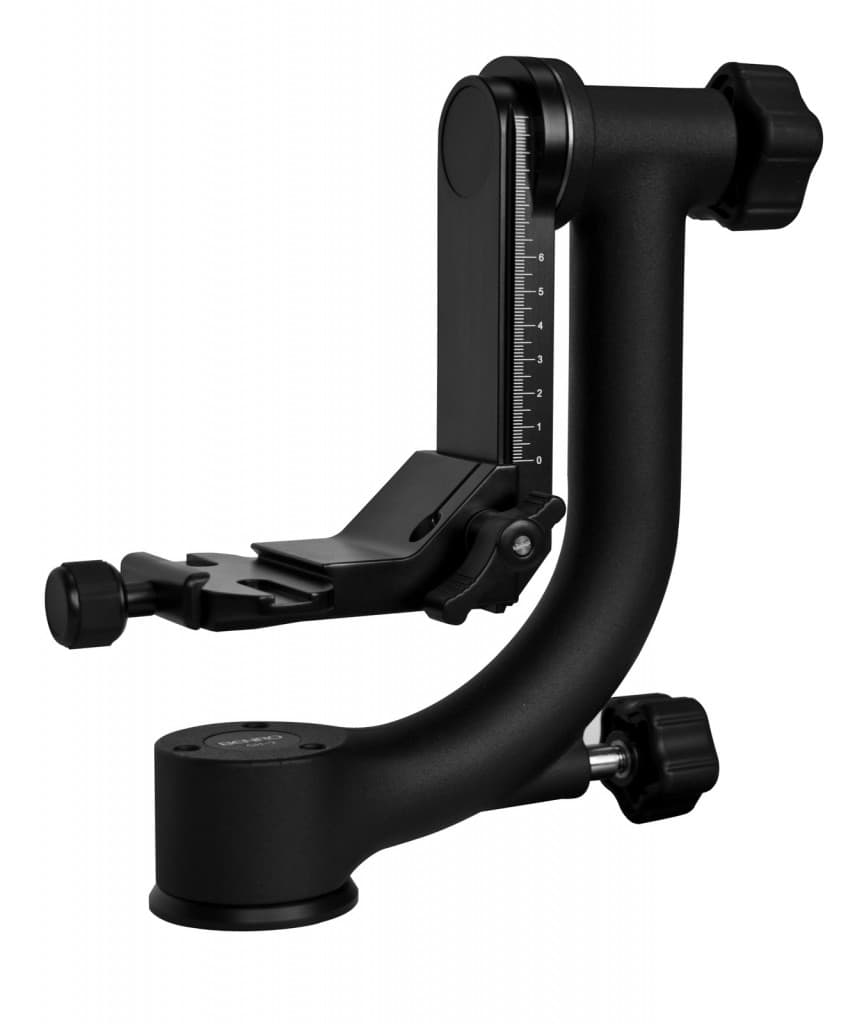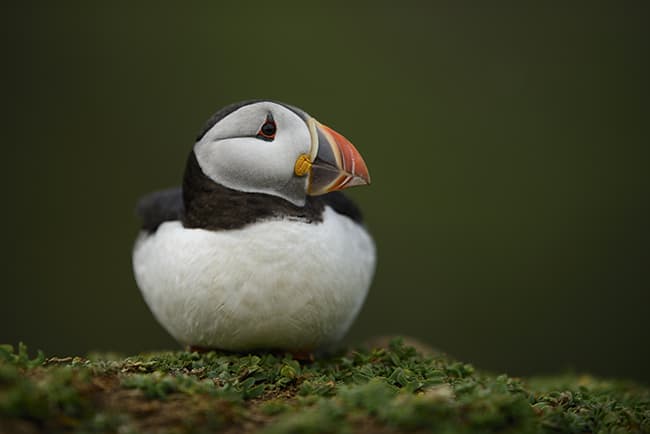 Richard Peters is a UK-based wildlife photographer whose passion stems from watching natural history documentaries in his youth.
Richard Peters is a UK-based wildlife photographer whose passion stems from watching natural history documentaries in his youth.
Now his photographs and articles are published regularly, and his images have won numerous awards.
Visit his site at www.richardpeters.co.uk.
In ths article Richard explains more about atlantic puffins in the UK and how best to shoot them.
About the Atlantic puffin
The distinctive puffin, with its comical colouring, is a firm favourite with both photographers and bird lovers
Location
Breeding colonies are found in North Yorkshire, Northumberland and Wales, plus the Isles of May, Shetland and Orkney.
Size
Around 28-30cm (11-12in) tall, with the male generally being slightly larger than the female
Nest
Puffins nest in burrows underground
Diet
Fish, with a particular taste for sand eels
Population
There are an estimated 590,000 breeding pairs.
About Atlantic Puffins
Puffins are particularly enjoyable birds to spend time with. Aside from their unmistakable appearance, they appear full of character and humour. Watch as they speed through the sky, flapping their wings at an impressive 400 beats per minute at up to 55mph, before landing and then, in complete contrast, waddling around awkwardly on the ground before disappearing down a burrow and out of view. Furthermore, many breeding colonies are accustomed to human presence, making them easy to photograph.

A puffin takes a rest among a sea of green on Skomer Island, south-west Wales
Nikon D800, 600mm, 1/1000sec at f/6.3, ISO 125
Habitat
Puffins favour cliff-top nesting sites, where burrows close to the cliff edge allow for easy take off and landing, as well as a speedy retreat to safety from other birds that mob them when they’re bringing back food for their young. The burrows are packed very closely together, which means any nearby footpaths must be strictly walked on to avoid potentially collapsing the ground. However, the picturesque colony settings also mean there’s never a lack of beautiful scenery, making every puffin experience a memorable one.
Best time to shoot
Although they spend half their life at sea, puffins are actually very easy to photograph in summer. This is because they return to their breeding colonies from March onwards, and once their eggs hatch they become very active as they fly back and forth from sea to burrow with food for their young. The height of this activity is between May and July.

An APS-C format DSLR with long telephoto and teleconverter was used to capture this shot
Nikon D7000, 600mm with 1.4x teleconverter, 1/500sec at f/8, ISO 450
Shooting advice
Mind your step
Puffins are very small and show little fear of man. This makes them easy to get close to and photograph, but it also means care must be taken as burrows can often be at the edges of pathways. A poorly placed tripod leg, or hastily stepping as you spin the camera round, could result in injury of any inquisitive birds that have decided to wander under your feet en route to and from their burrow while you are looking the other way.
Dress for the occasion
The very nature of puffin colony locations means the weather is often changeable. Sometimes it can be cold, wet and hot in the space of half an hour, depending on the coastal weather. The right clothing will ensure you’re able to keep comfortable and really concentrate on taking photographs.
Time of day
On some breeding colonies, such as the Farne Islands in Northumberland, the sky can be filled with thousands of birds at any one time.
However, depending on which colony you visit and when, you’ll be limited to the time of day you can gain access to shoot. For example, the Farne Islands will only allow access well after sunrise, with mainland departure way before sunset. Unfortunately, for those wanting that warm golden light, it’s not possible at this spot. Skomer Island, however, will allow overnight guests, but you must book at least six months in advance to guarantee you’ll get accommodation. Many of the access restrictions for day-trippers to Skomer Island also apply to those who visit the Farne Islands.
Kit list
Lenses

Due to the close proximity you can get to puffins, you’ll be able to photograph them with everything from a wideangle to a telephoto, so bring whatever you have.
Gimbal head

For flight shots especially, the ability to pan quickly is essential. Without a properly counter-balanced gimbal, flight shots could be incredibly difficult and tiring on your arms.
For more advice on taking pictures of birds, see our bird photography guide








